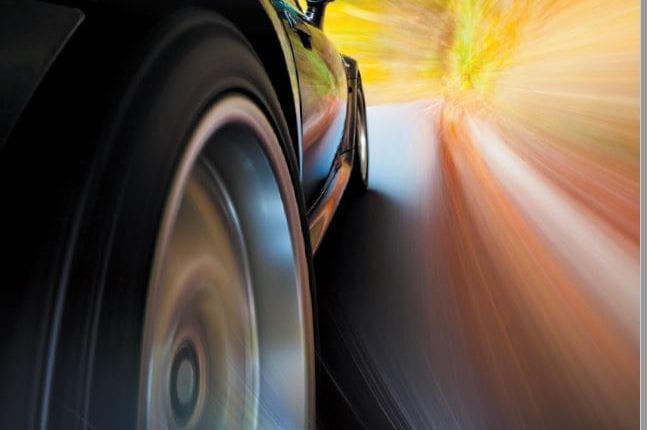[vc_row full_width=”stretch_row” css=”.vc_custom_1596124948550{background-color: #f1f1f1 !important;}”][vc_column width=”1/2″]
What is aquaplaning?
Aquaplaning vs hydroplaning
In sailing hydroplaning refers to the boat skipping on the surface of the water. In etymology, ‘aqua’ comes from Latin origin, whereas ‘hydro’ comes from Greek.[/vc_column_text][/vc_column][vc_column width=”1/2″]
What causes aquaplaning?
Why is tyre tread depth important?
Tyres become much more likely to aquaplane with a tread depth less than 3mm, meaning it is advisable to monitor the tread regularly and closely. When it gets below this point, although still legal, the tread is much more likely to affect handling and safety in wet conditions.[/vc_column_text][/vc_column][vc_column width=”1/2″]
Why is tyre pressure important?
Checking your tyres pressure regularly is important, especially during the colder months. You can find what pressure your vehicles tyres need to be either in the manufacturers handbook or by using out helpful online pressure calculators.[/vc_column_text][/vc_column][/vc_row][vc_row full_width=”stretch_row” css=”.vc_custom_1613495369299{border-bottom-width: 1px !important;padding-top: 20px !important;padding-bottom: 20px !important;border-bottom-color: #ededed !important;border-bottom-style: solid !important;border-radius: 1px !important;}”][vc_column width=”1/2″]
How do I avoid aquaplaning?
Regardless of whether you have brand new tyres or a more worn-down tread, all drivers should slow down in wet conditions to reduce the risk of aquaplaning. As a general rule of thumb, you should reduce your speed by a third, so if the speed limit is 70, reduce it to 47.[/vc_column_text][/vc_column][vc_column width=”1/2″]
What should I do if my car aquaplanes?
If there is a danger of you colliding with someone or something, however, drivers should attempt to emergency brake ONCE and once only. In the majority of scenarios, the rear tyres should have just enough grip to slow the vehicle down and keep you safe.[/vc_column_text][/vc_column][/vc_row][vc_row][vc_column]

